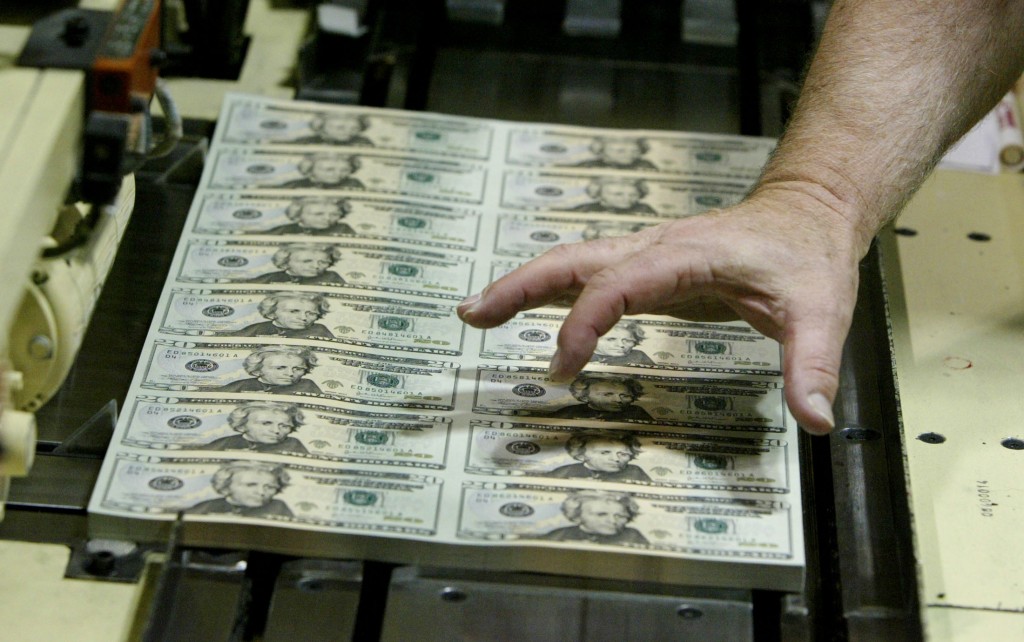
Argentine political consultancy firm Poliarquia Consultores helped UTDT conducted the automated phone survey. It questioned 1,200 respondents from May 3 to May 13 of this year. According to UTDT survey, Argentinians projected the 50.2 percent inflation rate to continue over the next 12 months. In addition, the survey found that median inflation also registered at 50 percent for the third straight month.
Prices of food in the South American country rose by a minimum of four percent in three of the first four months of 2021. This prompted the Argentinian government to extend some price controls and temporarily halt beef exports. But these actions barely made a dent in people's predictions of further price increases. The government's printing of money to finance COVID-19, alongside the purported lack of an economic plan, also fueled concerns of higher inflation.
The Buenos Aires Times previously reported about the higher projected inflation rates back in January of this year. During that time, the UTDT survey reflected a 45 percent increase in inflation – with average responses putting it at slightly lower 44.1 percent. According to the survey authors, the results indicated increasing pessimism over the state of Argentina's economy.
Argentinian Minister of Economy Martin Guzman said that time that he wants to reduce inflation by five percent yearly during the term of President Alberto Fernandez. However, the UTDT survey's earlier iteration also showed diminished consumer confidence in the Argentinian government's handling of price increases.
The South American country closed out 2020 with a 36.1 percent annual inflation rate, an almost 18 percent reduction from the 2019 rate of 53.8 percent. Most analysts observed that COVID-19 restrictions put in place in Argentina and price controls set by the government contributed to the lower annual inflation rate in 2020.
US also facing higher food prices
The sky-high inflation rate affecting Argentina is also set to hit the U.S., with prices of many food items already rapidly climbing. Back in April, the Bloomberg Agricultural Spot Index experienced its highest surge in almost nine years. Prices of commodity crops tracked by the index saw sharp increases. Corn prices doubled in the past year, soybean prices also increased by about 80 percent and wheat prices spiked by 30 percent.
These staple crops form the backbone of the world's diet. Thus, any price increases in these commodities will translate to higher prices for other food items in supermarkets. The higher costs will mean less food purchases for families already struggling due to the impact of the Wuhan coronavirus (COVID-19) pandemic. (Related: Coronavirus shutdowns causing food prices to soar.)
United Nations Food and Agriculture Organization Senior Economist Abdolreza Abbassian said in an interview: "There seems to be sort of a bullish force behind the prices internationally. The indications are that there is very little reason to believe prices would remain at these levels. It's more likely they will rise further. Hardship is still ahead."
World Food Program West Africa and Central Africa Regional Director Chris Nikoi said: "The relentless rise in prices acts as a misery multiplier, driving millions deeper into hunger and desperation." He added that inflation-driven price increases are "pushing a basic meal beyond the reach of millions of poor families who were already struggling to get by."
To make matters worse, many experts have already predicted that skyrocketing food prices would only go higher and higher. Rabobank Head of Financial Markets Research for Asia Pacific Michael Every and Senior Commodity Analyst Michael Magdovitz warned of a so-called "famine of biblical proportions" in a March 2021 report. (Related: Rabobank says "biblical" surge in food prices soon to come.)
Every and Magdovitz noted that for the past nine months, food and feed prices have increased on a monthly basis. This reached seven-year highs that the two Rabobank executives compared to the biblical story of Joseph interpreting Pharaoh's dream. According to Genesis 41:17-21, Pharaoh dreamt of seven lean cows eating seven fat cows – which meant seven years of abundance followed by seven years of famine.
Visit FoodSupply.news to read more articles on inflation threatening food prices across the world.
Sources include:
Please contact us for more information.





















